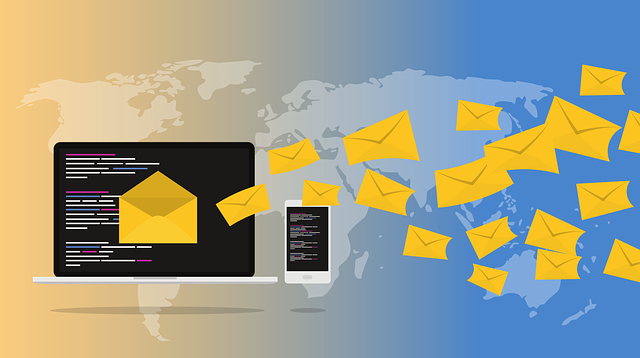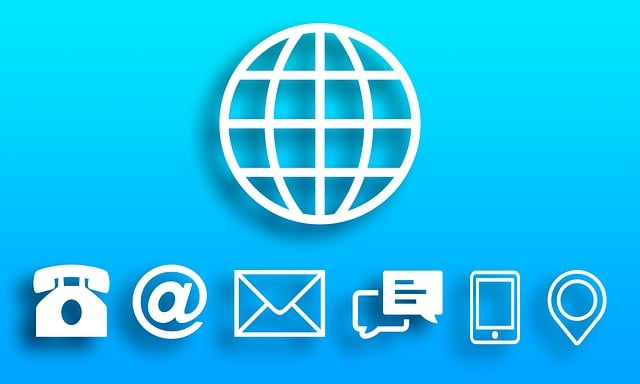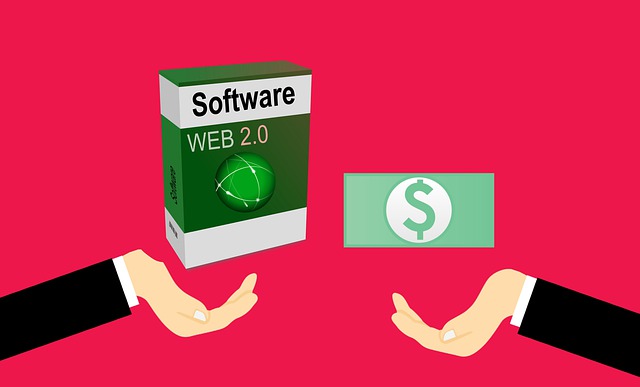Before email campaigns, analyze existing audience data from CRM, past campaigns, and brand interactions. Segment subscribers based on demographics, psychographics, and behavior to tailor content precisely. Combine demographic (age, gender) and psychographic (interests, values) segmentation with behavioral data tracking for enhanced email marketing impact across the sales funnel. Automation tools personalize emails, boosting engagement and conversions.
Segmenting audiences is a key strategy in successful email marketing campaigns. To maximize engagement, you must understand your current audience, then define them through demographic and psychographic lenses. Next, leverage behavioral data to create precise target groups. By segmenting, you personalize content, ensuring the right message reaches the right person at the right time, boosting campaign effectiveness.
- Understand Your Current Audience
- Define Demographic and Psychographic Segments
- Utilize Behavioral Data for Effective Targeting
Understand Your Current Audience

Before diving into audience segmentation for email campaigns, it’s crucial to have a deep understanding of your current audience. This involves gathering and analyzing data from various sources like customer relationship management (CRM) systems, past campaign performances, and marketing analytics. By examining buyer personas, demographics, purchase history, and interactions with your brand, you can identify commonalities and differences among your subscribers.
This knowledge allows you to create segments based on shared characteristics—such as age groups, interests, or purchasing behaviors—enabling you to tailor email content more precisely. For instance, a fashion retailer might segment their audience into “millennial trendsetters,” “mature shoppers,” and “plus-size enthusiasts,” each receiving emails featuring products aligned with their specific preferences. Effective segmentation enhances the relevance of your marketing efforts, leading to higher engagement rates and conversions in your email campaigns.
Define Demographic and Psychographic Segments

Demographic segmentation involves dividing your audience into groups based on tangible characteristics like age, gender, location, income level, and education. Understanding these factors is crucial for tailoring email marketing campaigns to specific needs. For instance, a fashion brand might send different emails to teenagers versus adults, or tailor travel deals to users in urban areas versus rural regions.
Psychographic segmentation, on the other hand, focuses on individuals’ interests, values, attitudes, and lifestyles. This involves delving into their hobbies, purchasing behaviors, and online interactions. By leveraging marketing analytics, businesses can uncover these psychographic patterns through AI chatbots that analyze customer data. For example, a fitness brand could segment users interested in veganism or yoga, allowing for personalized emails about relevant products and services, thereby enhancing the effectiveness of their email campaigns along the sales funnel.
Utilize Behavioral Data for Effective Targeting

Leveraging behavioral data is a powerful strategy for email marketing campaigns. By tracking user interactions and preferences, businesses can gain valuable insights into their audience’s interests and behaviors. For instance, analyzing website browsing history, purchase patterns, and click-through rates allows marketers to segment customers based on their engagement levels. This enables the creation of highly personalized emails tailored to each segment’s unique characteristics.
Automation plays a crucial role here, as it streamlines the process of sending targeted messages. Marketing analytics tools can identify trends within behavioral data, helping businesses automate email sequences that cater to specific customer groups. Such personalization enhances engagement and increases the likelihood of converting leads into sales along the sales funnel.
Segmenting your audience based on demographics, psychographics, and behavioral data is a powerful strategy for crafting effective email marketing campaigns. By understanding your current audience and tailoring messages to specific groups, you can significantly enhance engagement and conversion rates. These targeted approaches ensure that the right content reaches the right people at the right time, maximizing the impact of your email marketing efforts.
